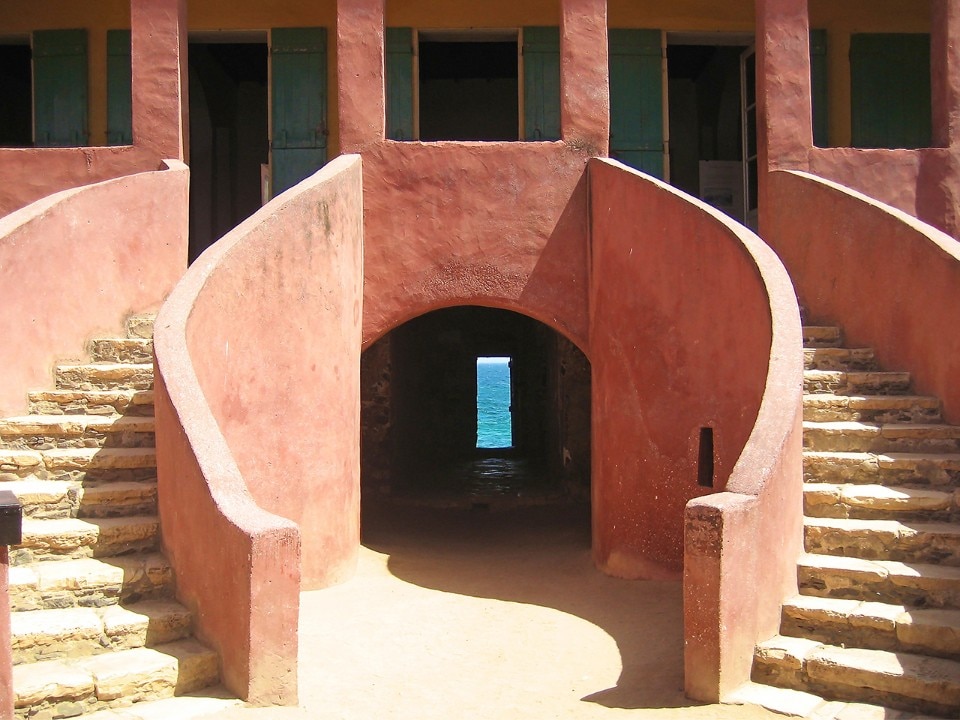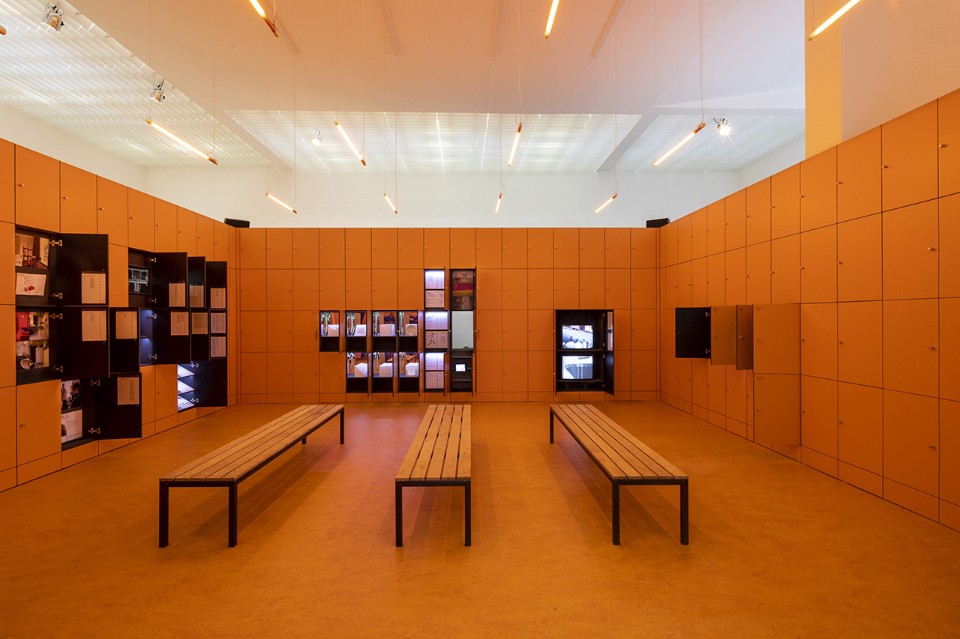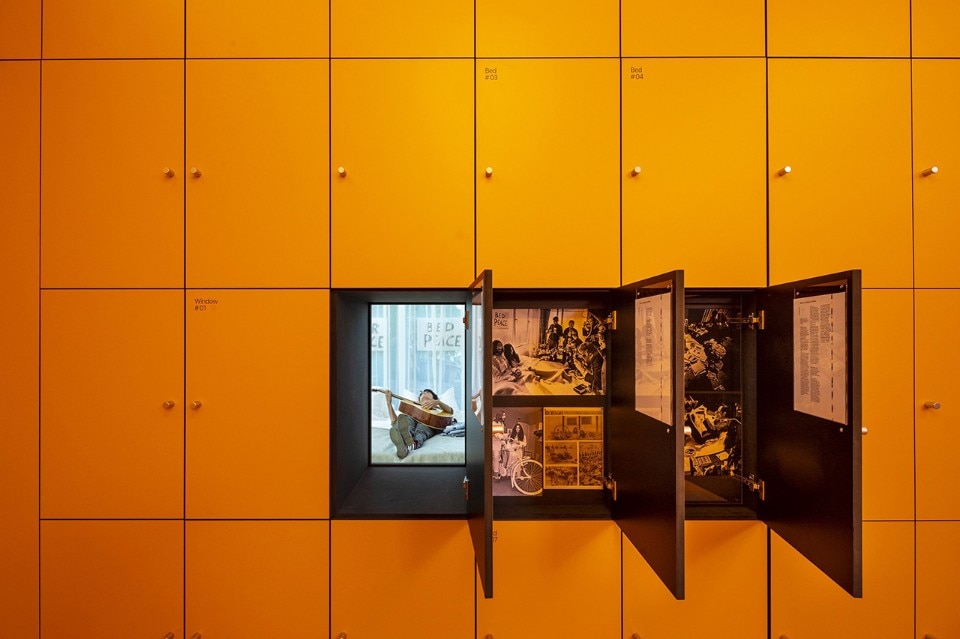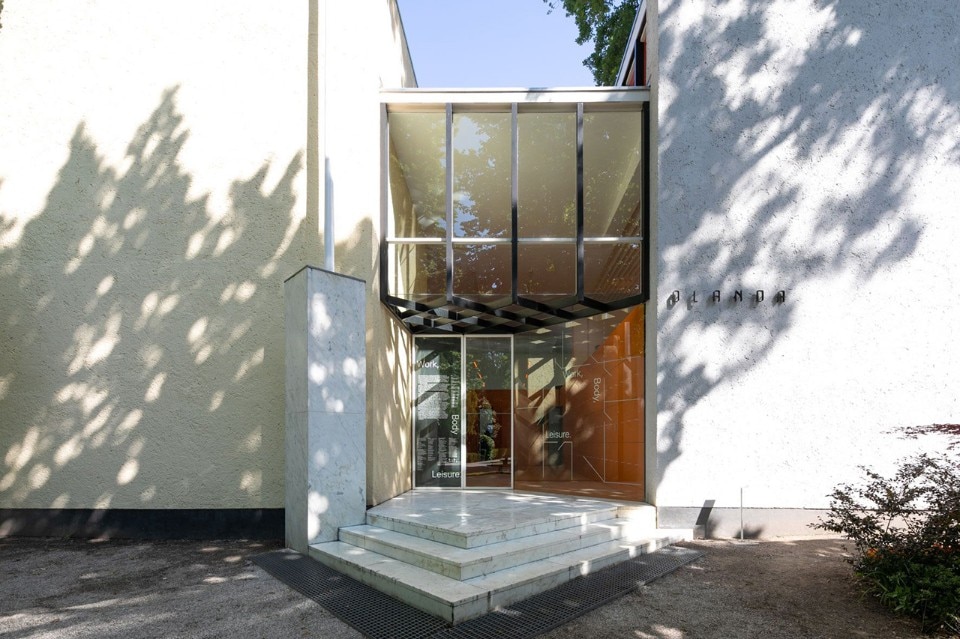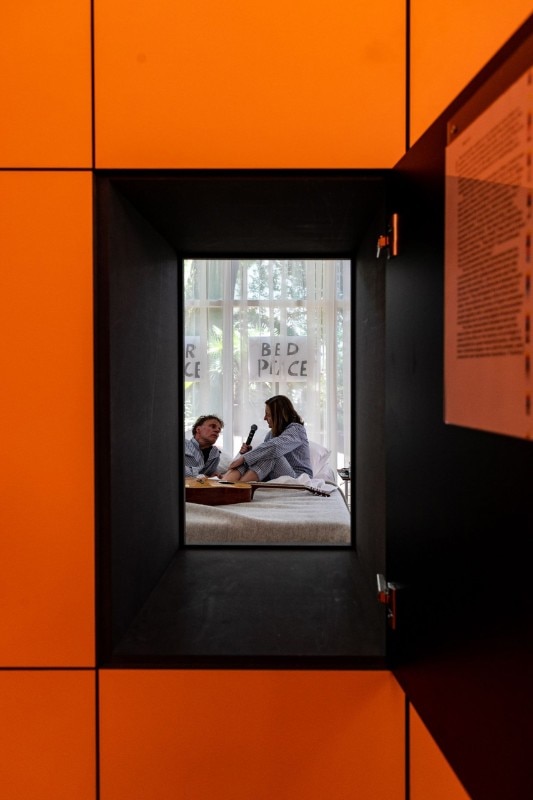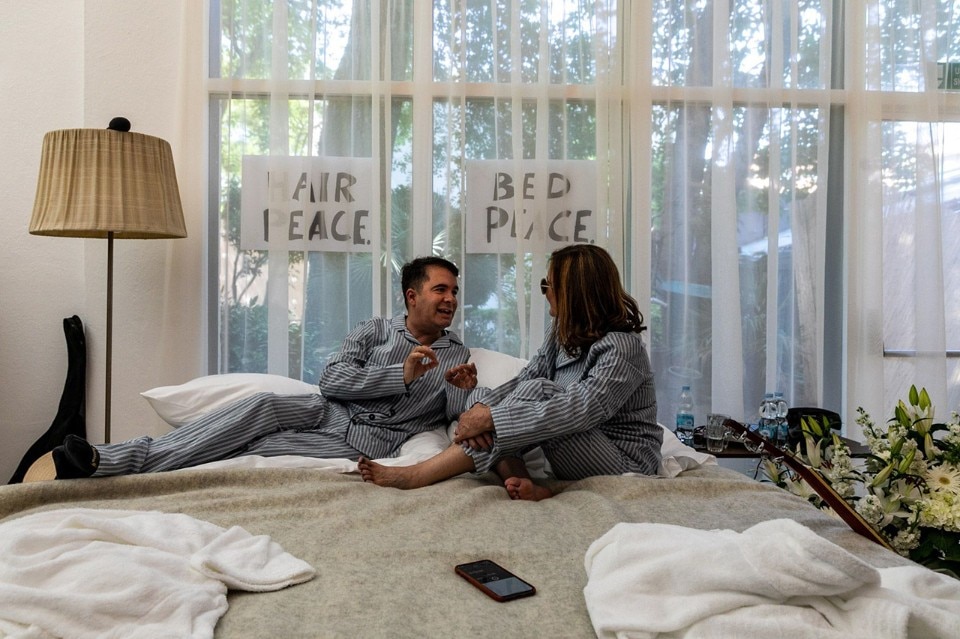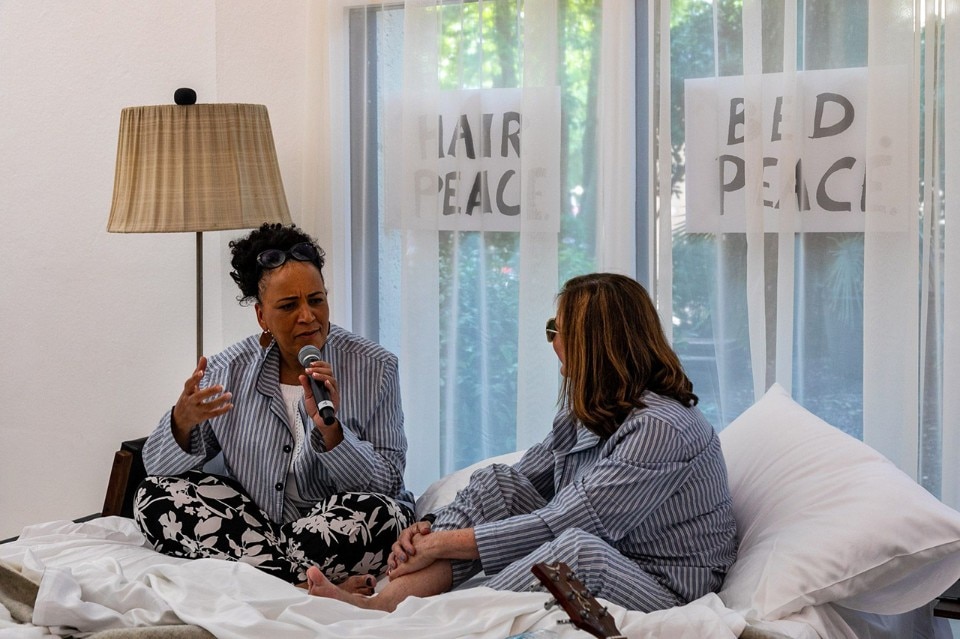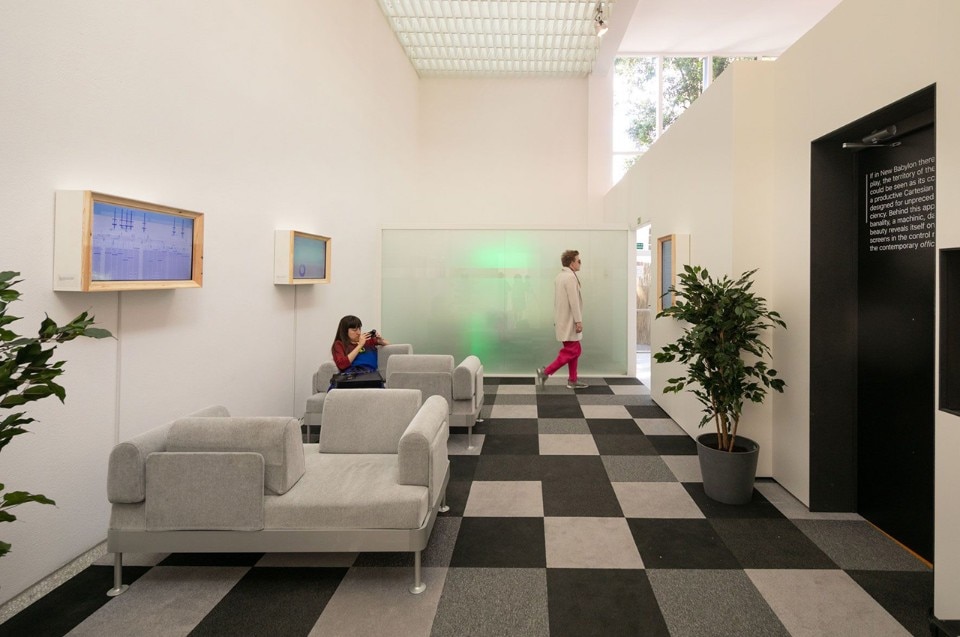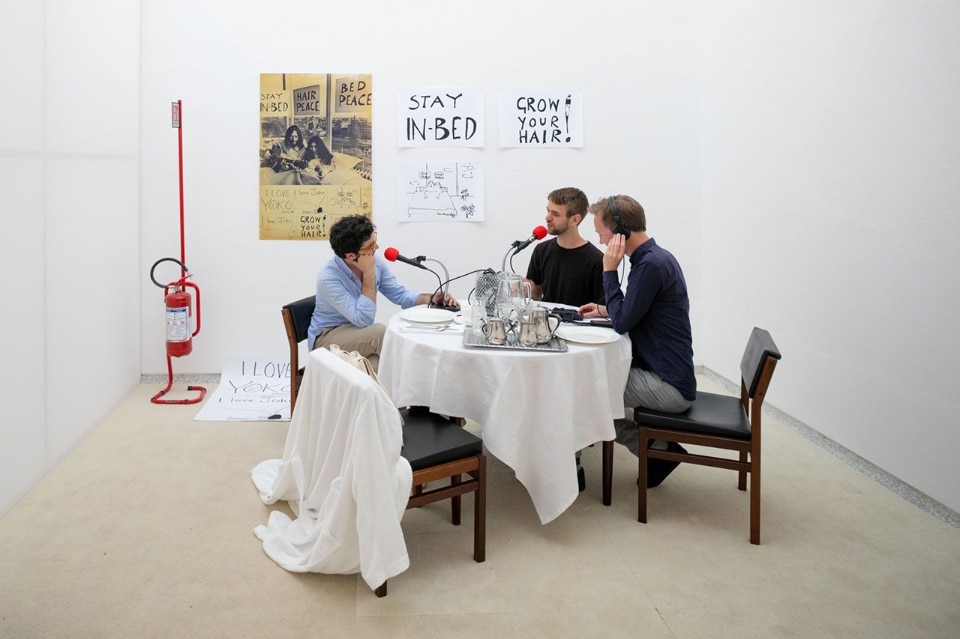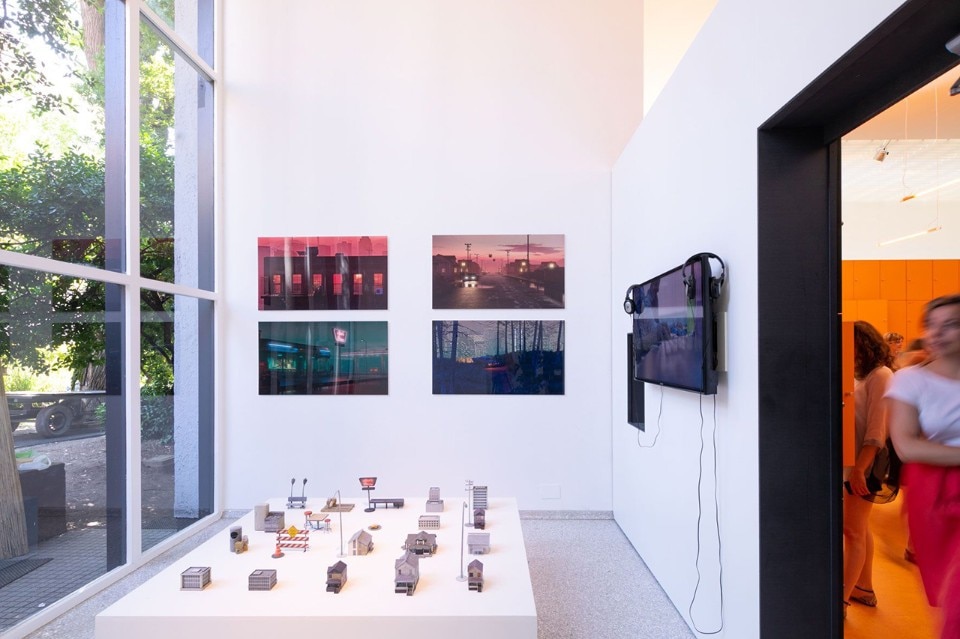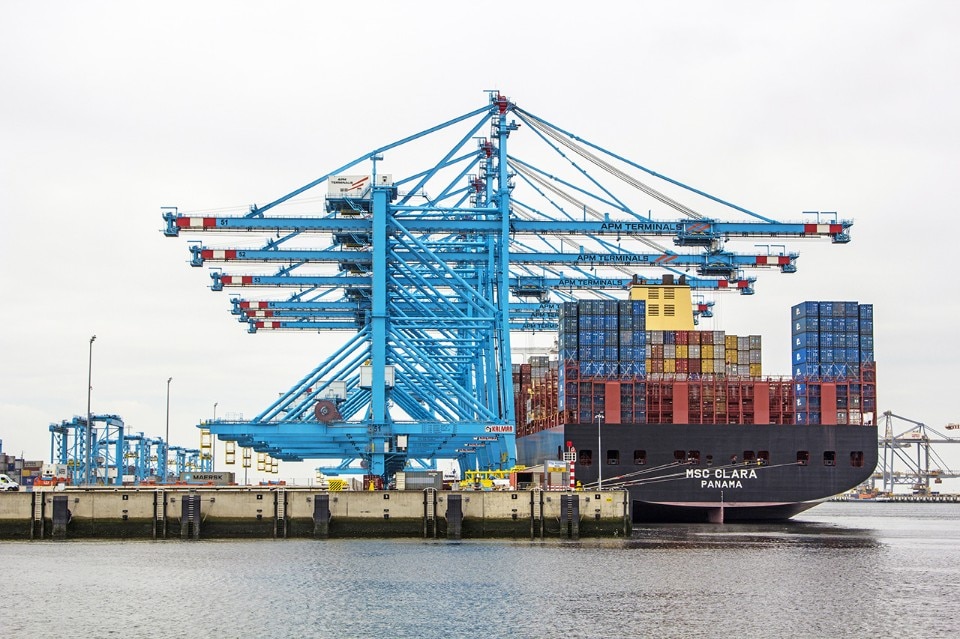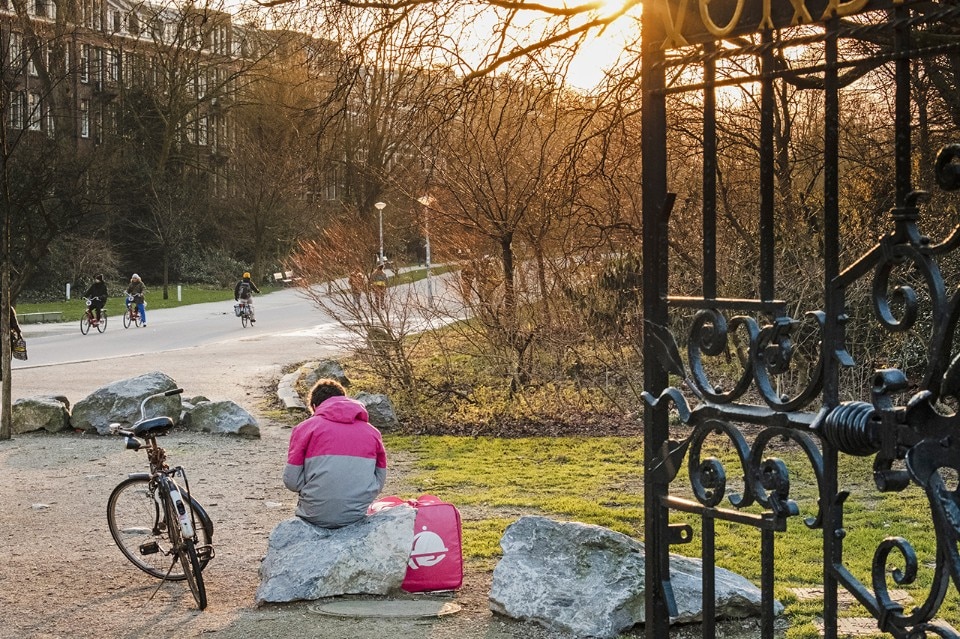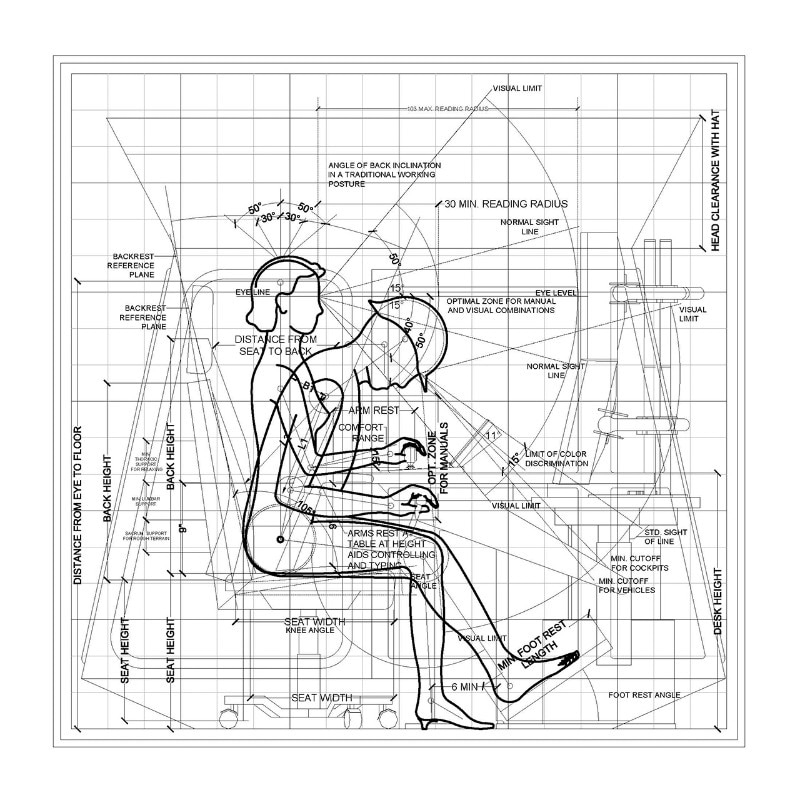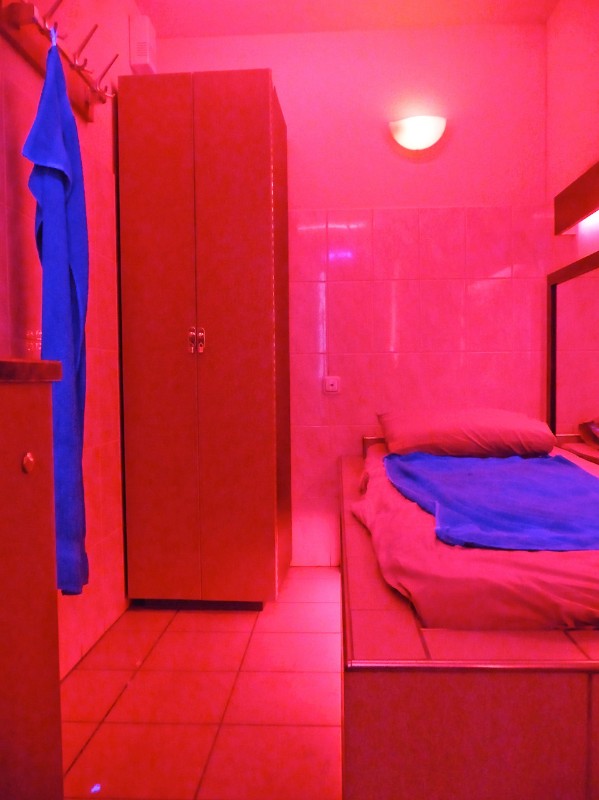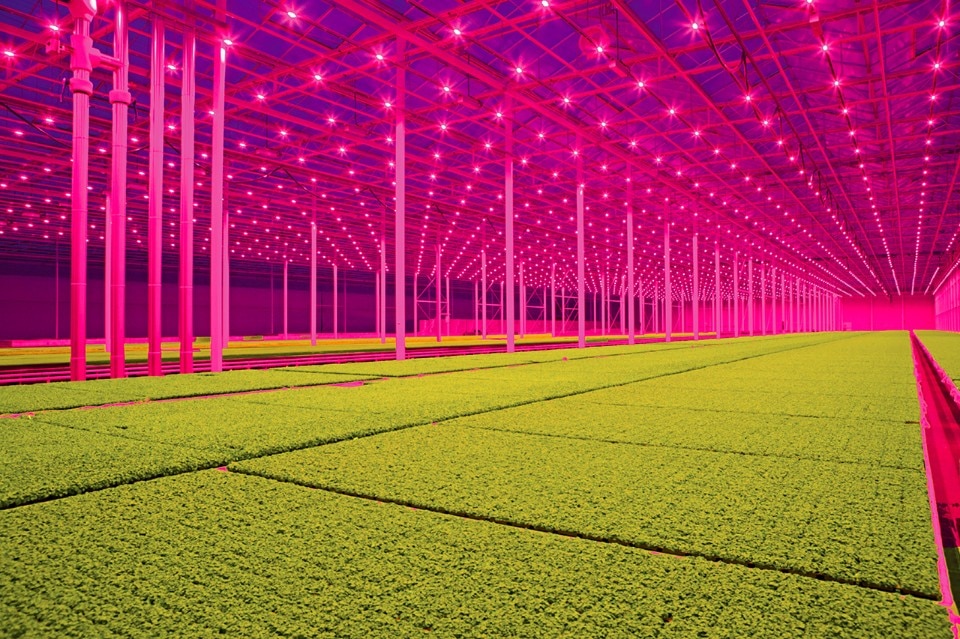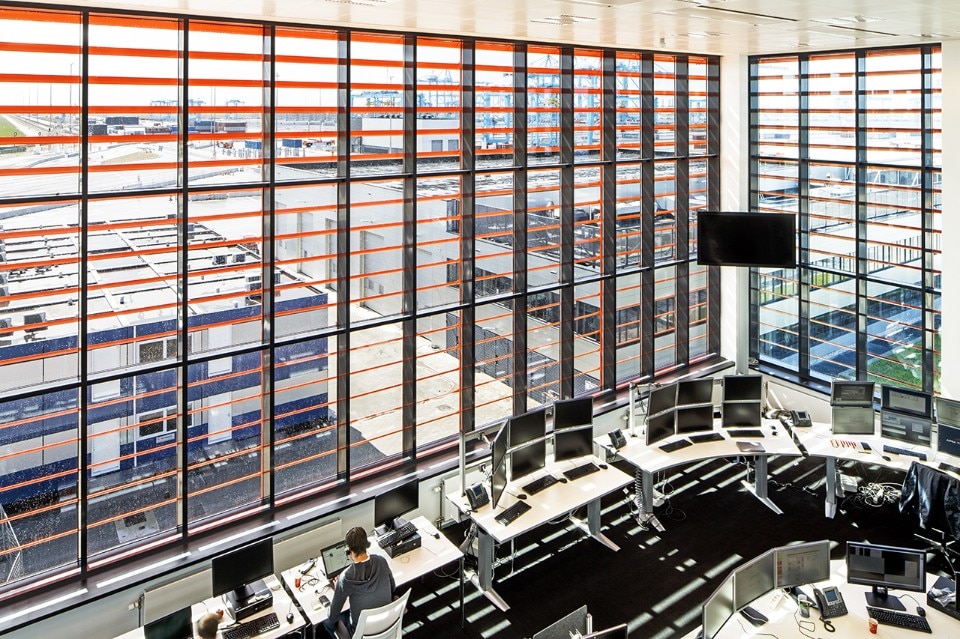Marina Otero Verzier, Chief Curator of the Oslo Architecture Triennale 2016 with After Belonging Agency, is now Research Department Director at Het Nieuwe Instituut in Rotterdam and Curator of the Dutch Pavilion at the Venice Biennale Architettura 2018. Her project, named “Work, Body, Leisure”, brings together multi-faceted voices and gives a major contribution to the debate on the architecture responsibility about the new technologies of work automation – and not just that. We talked with her of these themes.
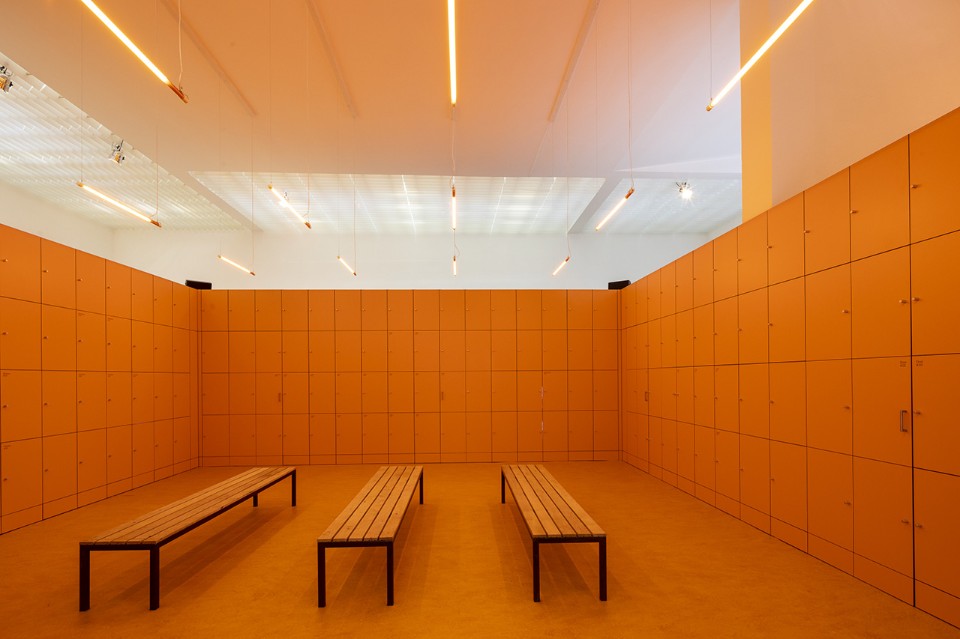
You defined the Netherlands as “a testing ground where the future of labor has been and continues to be reimagined”. From your point of view, how do you see the upcoming perspectives of work?
The architecture of full automation is currently being implemented across the Netherlands, from the country’s main port in Rotterdam to the agricultural clusters. These transformations, have an impact on the logic and relations that define the physical and social landscape of work and labour and their future. The Dutch productive, Cartesian landscape, designed for unprecedented efficiency, advances an imminent post-labor world, and reveals the technology and architecture that would make it possible. It echoes our dreams and anxieties about what is yet to come.
For instance, the logistical infrastructure of the new, fully-automated APM container terminal in the port of Rotterdam’s Maasvlakte II—where self-driving vehicles, automated cranes, and diverse interfaces maximize the handling of containers with unprecedented performance and productivity—has triggered port workers strikes and urban development projects. Traditional port crane operators have been replaced by office workers seated in control rooms that oversee 24/7 operations. The container terminal offices are an open field of flexible workstations, meeting rooms, and lockers, enclosed by a collection of concrete barricades, chain-link fencing, and CCTV cameras that prevent unauthorized access.
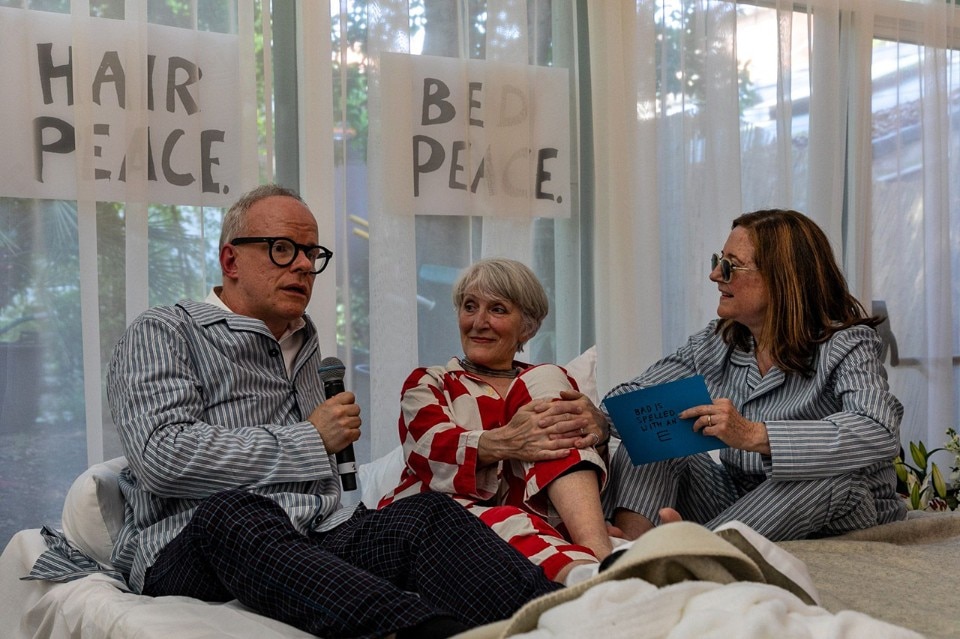
Inside the greenhouses that occupy and enclose vast parts of the country, the productivity of the ground is controlled and maximized by automated technologies. In these interiors of sublime beauty, flowers and fruits grow assisted by climate control, artificial lighting, and water and nutrient distribution systems. They are unrestricted by exterior conditions, their immediate surroundings, and soon, human labor.
In the countryside, dairy farmers direct ever-growing automated operations through dashboards on desktop computers or smartphone apps. Cows and temporary workers become data, and their bodies are managed as abstract components of a larger system accessible by logging onto the cloud.
“Work, Body, Leisure” is a journey through these and other architectures in the Netherlands and beyond: offices, playgrounds, farms, factories and virtual spaces, windows, beds, and doors. Scenarios conceived by Amal Alhaag, Beatriz Colomina, Marten Marten Kuijpers, and Victor Muñoz Sanz, Simone Niquille, Mark Wigley and Liam Young, among others, and that look familiar – if rarely accessible or seemingly banal – but are nevertheless at the epicenter of the transformation of labor.
This project now presented at the Venice Biennale is also a call for action. Despite the ongoing transformation of the built environment and bodies that inhabit it due to automation processes, this domain of research and innovation is still largely devoid of a critical spatial perspective. Our aim is to open up a discussion about this imminent future and the technological regimes that make it possible, and ultimately to explore our agency to either embrace or challenge it.
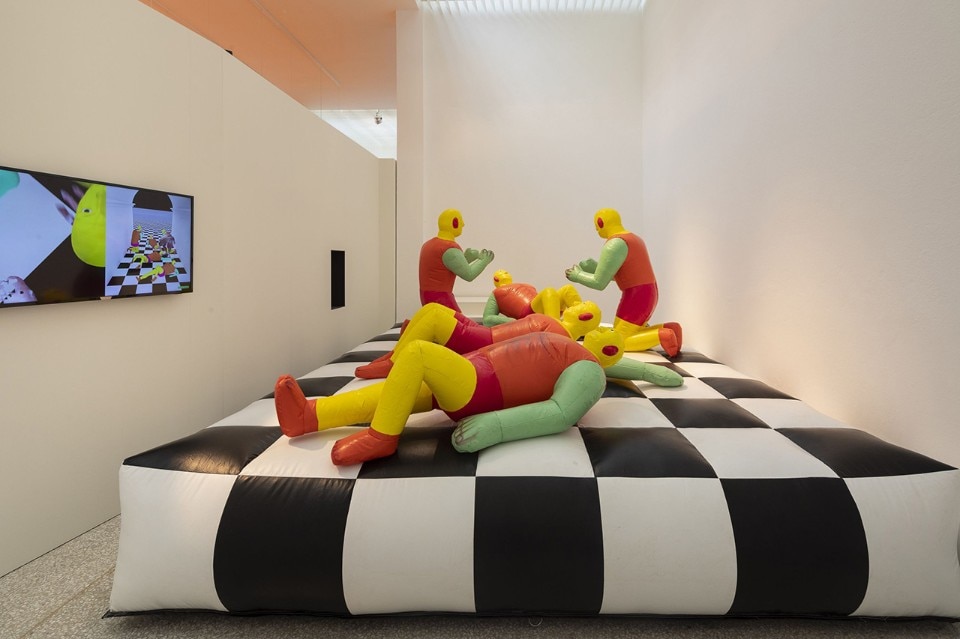
Tell us about the role of an institution such as the Het Nieuwe Instituut in changing the working conditions?
That is indeed one of the key aims of this long-term project. As a state institute we have a privileged position and responsibility in advancing cultural conversations as well as architectural and urban projects that could lead to particular policy and institutional changes. The research presented in Venice will have many afterlives, both at Het Nieuwe Instituut and beyond, in initiatives that are now taking shape at universities such as TU Delft, in conversations with the Chief Government Architect, and in collaborations with other public and private institutions.
One of the offsprings of “Work, Body, Leisure”, is our recent 2018 Het Nieuwe Instituut’s Call for Fellows around the theme “Burn-Out.” With this call we want to address on the one hand the growing number of bodies that under unrelenting pressure, overwhelming demands and calls to push themselves daily, are exhausted. And, on the other hand, we want to explore how this malady is only one of the symptoms of the persistent presence of exploitative structures on scales ranging from the individual to that of the wider social, institutional and biological ecologies.
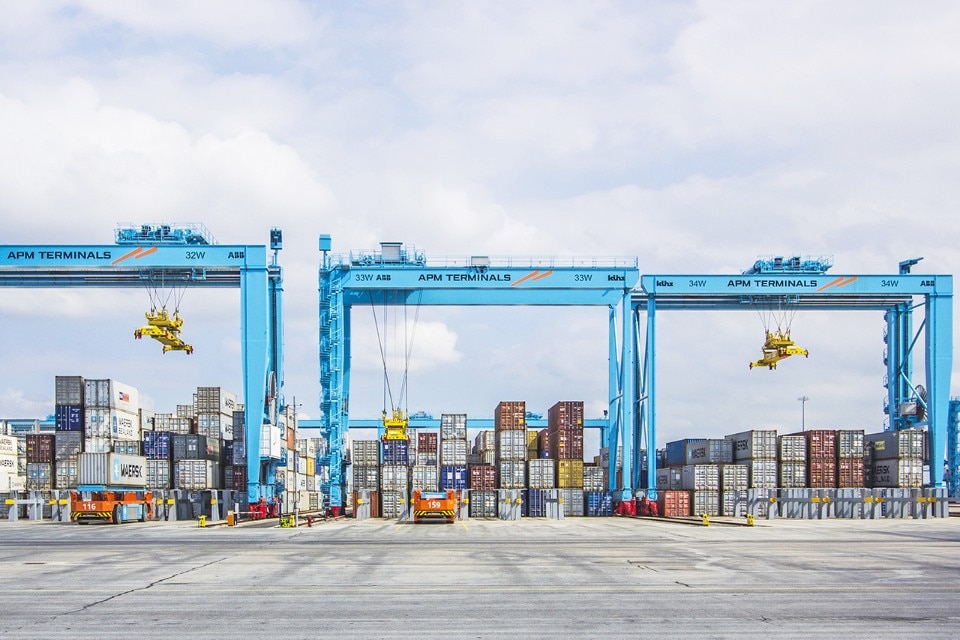
“Burn out” is to stall, to become otherwise unusable. Yet “burn out” is an opportunity to break open, promote action and catalyze change towards new structures and relations. We are interested in projects that aim to reshape existing structures as spaces for public and private good and challenge the inevitability of these exploitative relations. We have also encouraged applicants to propose projects that impact the ongoing activities of Het Nieuwe Instituut — and in particular its Research Department, which is committed to embrace and put into practice these ideas and paradigms in its daily activities. This could involve forms of engagement, and strategies for internal and external collaboration that are not dependent on exploitative, extractive, and discriminatory technologies and economies.
We have tried to question the methodological nationalism associated with the idea of a closed pavilion
You selected contributions by architects, artists, designers, historians, musicians and theorists through open calls. What were you looking for?
The project is a collaborative endeavor by an international network of institutions, architects, artists, designers, historians, musicians and theorists selected by the curatorial team and through a number of open calls. They belong to different generations, geographies and origin, and fields of work, and yet share an interest in designing and reflecting on the processes and effects of robotization, and in particular on the possibility and implications of an architecture and a society liberated from the bondage of work.
Since the beginning of the project we have tried to question the methodological nationalism associated with the idea of a closed pavilion, something that we consider especially important at this moment in which we are witnessing a rise of ultra-nationalist movements. For this reason, we have imagined strategies through which the pavilion can expand its limits and its legacy, function as a space for experimentation, production and knowledge exchange, as well as forms of solidarity and representation beyond the national demarcations. And beyond professional degrees and fields of knowledge.
As a result, we have launched a series of Open Calls and collaborations with different institutions and other national pavilions, we edited a book, composed a soundtrack honoring the hard-working people, organized public events, a podcast series, and included an extended program with activities and interventions in cities such as Amsterdam, London, Rotterdam, and Venice.
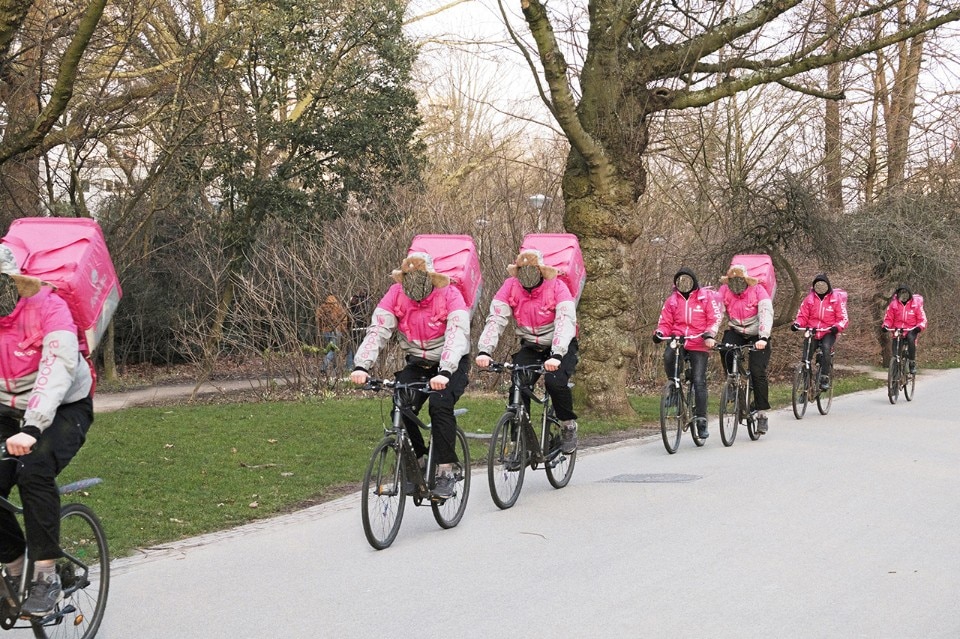
What is the best feedback you received?
We had very enthusiastic and positive responses from visitors. Probably the best feedback is seeing that in a context like the Biennale, where the attention span is so limited, people spend quite a lot of time inside the pavilion, get excited and curious about its multiple layers, and interacts with others.
I was also moved by other responses. It is an honor and a great responsibility to be the curator of the Dutch Pavilion at the Venice Architecture Biennial, particularly because despite working and living in The Netherlands, I wasn’t born here. I was born in Spain. In that context, the opportunity to represent the country in what is probably the most important international event in the field of architecture has a special relevance and cultural and political significance. This situation didn’t get unnoticed. I won’t hide that we had to face some initial concerns and questions. And that’s why I was particularly happy to see the final responses and to hear how the work presented by this group of people that included Dutch citizens, naturalized asylum seekers, migrant workers living in the Netherlands, and professionals from other countries, made so many people feel proud. And how, amidst the rise of xenophobia in places like the U.S and Europe, the project could contribute to reclaim the Netherlands as a welcoming, diverse place.
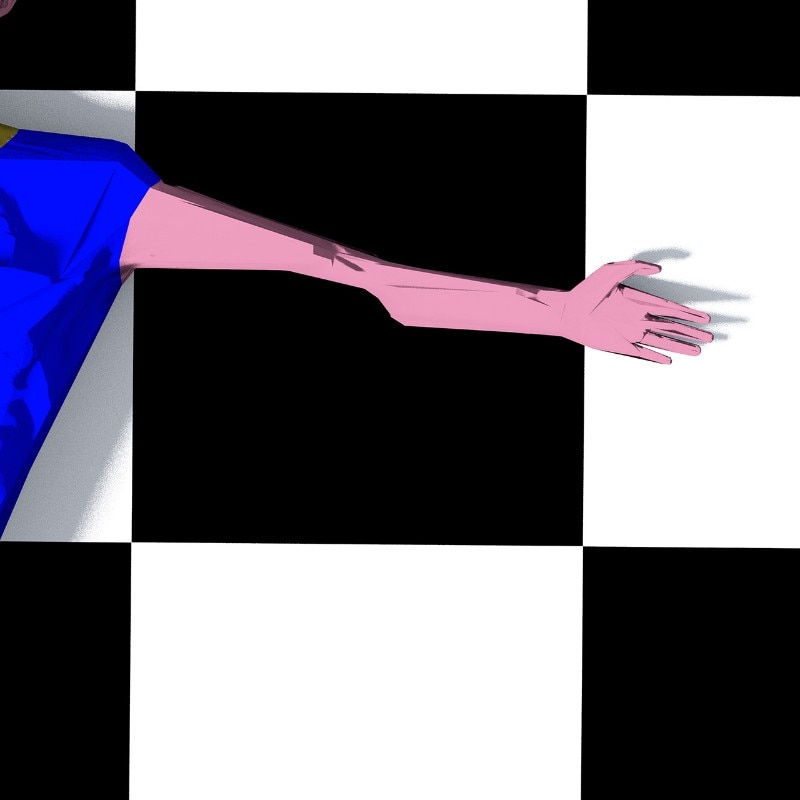
“Work, Body, Leisure” is also the title of a book that “aims to foster new forms of creativity and responsibility within the architectural field in response to emerging technologies of automation”.
The book “Work, Body, Leisure” is one of the sites of this years’ Dutch Pavilion at the 16th International Architecture Exhibition of la Biennale di Venezia, one that is as relevant as the Giardini. It allows for a different form of engagement with the theme, and also other forms of circulation, being available also for those who couldn’t attend the Biennale in Venice. As such, next to the printed publication, we most of the essays are publicly accessible online on the website of Het Nieuwe Instituut.
In addition to historical and present-day case studies of automated landscapes in the Netherlands, the book analyzes spatial arrangements and protocols that are molded for the interaction between humans and machines. It reflects upon urban developments where automated labor and leisure converge, addresses the ways in which evolving notions of labor have categorized and defined bodies at particular moments in time, and discusses the legal, cultural, and technical infrastructures that enable their exploitation.
We invited a number of contributors, including Amal Alhaag, Maria Shéhérazade Giudici, Beatriz Colomina, Silvia Federici, Ayesha Hameed, Femke Herregraven, Egbert Alejandro Martina, Simone C. Niquille, Ekim Tan, Nathalie de Vries, Annemarie de Wildt and Marina van Zuylen, to reflect on a spectrum of spaces and theoretical viewpoints, from domestic labor, and the afterlives of slavery, to attention economy and boredom. These visions, we hope, could be deployed in the reshaping of contemporary and future living conditions and labor structures. Architects, artists, and designers have a role in imagining systems based on different set of ethical principles, that is, not dependent on the exploitation of all bodies.
Opening image: The Door of No Return, Gorée Island, Senegal, 2004. Foto: Lela Jefferson Fagan.
- Title:
- Work, Body, Leisure
- Pavilion:
- Dutch
- Curator:
- Marina Otero Verzier
- Venue:
- 16. International Architecture Exhibition
- Location:
- Giardini della Biennale
- Address:
- Sestiere Castello, Venice


